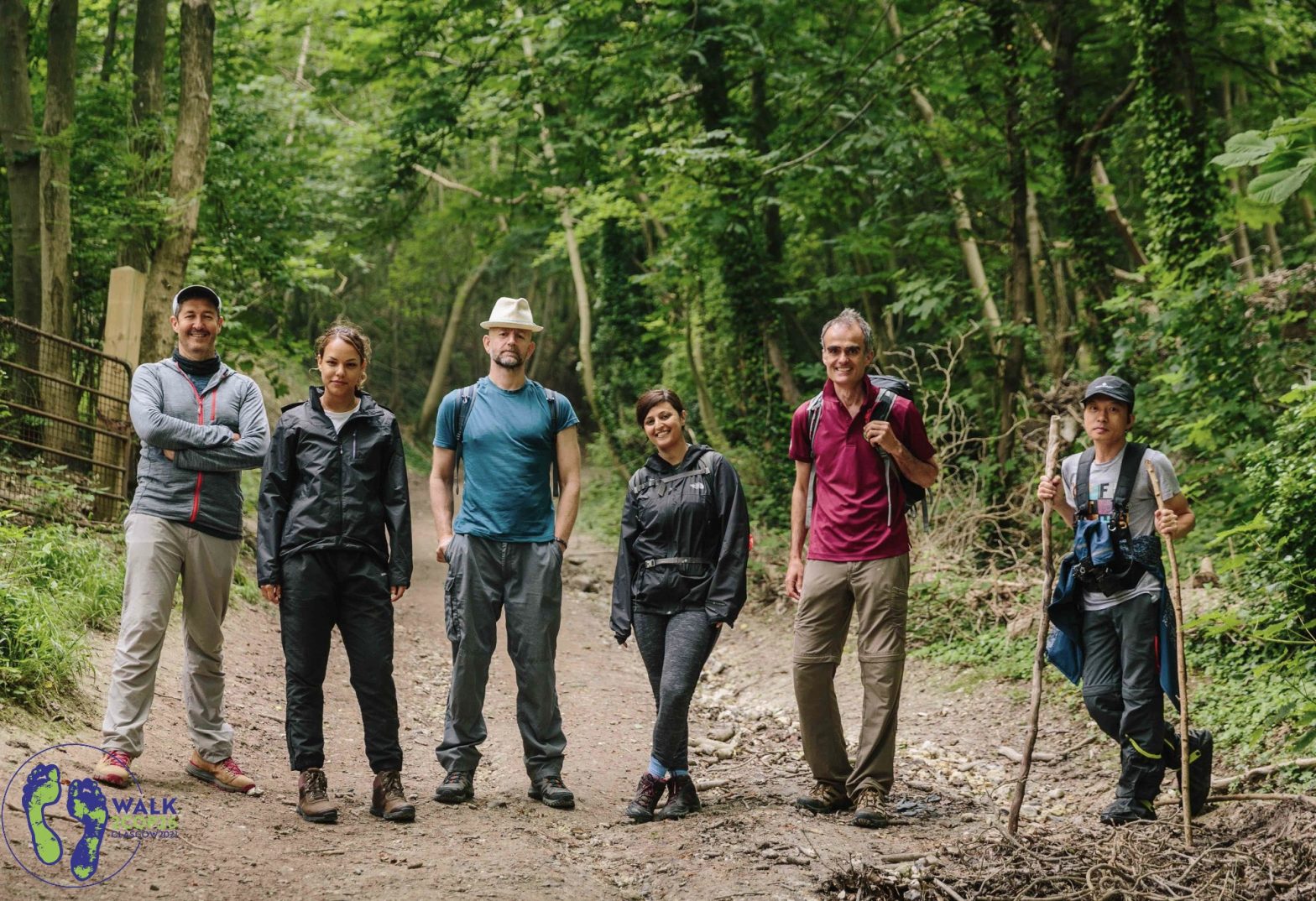Collaboration In The Wood-Wide Web

John Connor: “We’re not gonna make it, are we? People, I mean.”
The Terminator: “It’s in your nature to destroy yourselves.”
John Connor: “Yeah. Major drag, huh?”
Terminator 2 – Judgment Day appeared in 1991, a bleak commentary on fifty years of intensely combative nationalism and competitive self-focus among humans, symbolised respectively by the Cold War and (in the UK) Harry Enfield’s repulsive ‘Loadsamoney’ TV caricature. During this same period, ecologists turned away from the pre-war biological co-operation and facilitation theories of Frederic Clements, to propound antagonism and predation as the primary drivers of success in the plant world. How wrong they were.
As biologist Janine Benyus describes in her fascinating chapter (‘Reciprocity’) in the new anthology by women climate leaders, All We Can Save, today’s ecologists have uncovered overwhelming evidence that in nature, co-operation is vital for survival.
The scale and complexity of this mutual facilitation in the plant world, and the diversity of species involved, is astonishing – particularly in a well-established and undisturbed ecosystem like an ancient forest. Much of the interplay between individual trees and plants in a forest community is conducted through filamentous underground lattices created by mycorrhizal fungi, which transfer water, carbon, other nutrients and minerals, even alarm chemicals to warn of pest attack. Ecologists have fondly nicknamed these teeming mycorrhizal networks ‘The Wood-Wide Web’.
There is another unexpected aspect to such co-operation. “The more stressful the environment,” writes Benyus, “the more likely you are to see plants working together to ensure mutual survival.” What comes to mind but the upsurge in human co-operation and community support we’ve seen in response to the coronavirus pandemic?
This mutualism (“complex exchanges of goodness”) out in the fields and beneath the forest floor serves not only as a metaphor for a better way for people to interact with nature – and each other – to try to mitigate climate change, but also as a how-to-do-it guidebook.
At Carbon Copy, we routinely stress the importance of trees and certain coastal plants as the best means of sequestering carbon. Ecologists are now discovering exactly how to help, not hinder, this healing process. “If we’re to recover wild and working landscapes to recoup 50-70 percent of soil carbon that has been lost to the atmosphere,” Benyus advises, “we’ll want to pause before ploughing a field, opening a bag of fertiliser, or marking a sapling for removal. We wouldn’t want to interrupt a vital conversation.”
Her moving conclusion: “One of the fall-outs of our fifty-year focus on competition is that we came to view all organisms as consumers and competitors first, including ourselves. By acknowledging the fact that communal traits are quite natural, we get to see ourselves anew. We can return to our role as nurturers, each a helper among helpers in this planetary story of collaborative healing.”
Collaboration is fundamental to our mission at Carbon Copy, offering a platform for local communities, councils and companies to share and copy each other’s climate actions, to accelerate our journey to carbon zero. Or to put it another way, we’re delighted to be part of the human ‘Wood-Wide Web’!
Useful links:
ALL WE CAN SAVE – Truth, Courage and Solutions for the Climate Crisis
Edited by Dr Ayana Elizabeth Johnson and Dr Katharine Wilkinson
Image courtesy of TKSST
Recommended from Carbon Copy
-

Copy These! 5 Big Local Ideas About Installing Low-Carbon Heating!
We all need warm homes, but how can we move away from expensive and polluting fossil fuels and switch to…
-

The 89 Percent Solution
Rewind. Four years ago, the UK hosted COP26 in Glasgow. Carbon Copy was represented in a team of walkers who…
-

Inspiration At Your Fingertips
What do all of the following have in common? Native Architects’ new low carbon office, built using locally-grown hemp, straw,…
-

Keeping Our Heads Above Water
When it comes to flooding in the UK, we seem to be heading for a perfect storm. Sea levels continue…